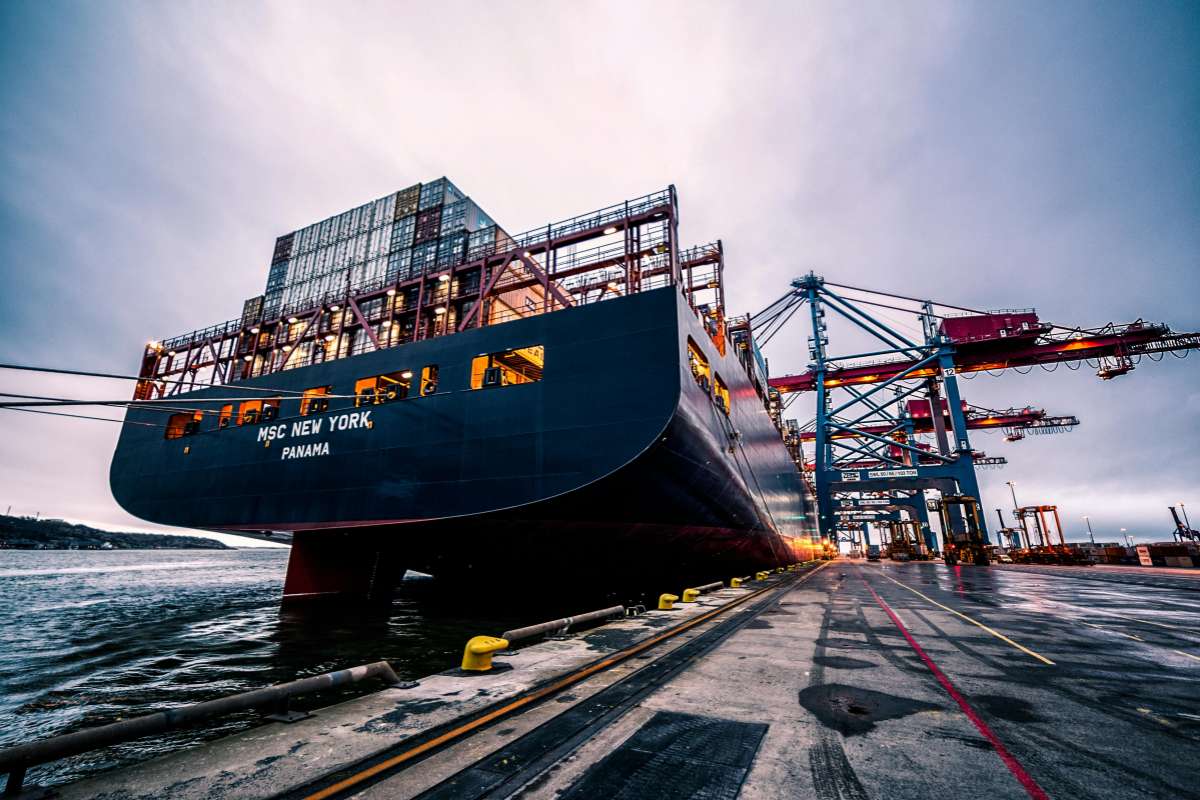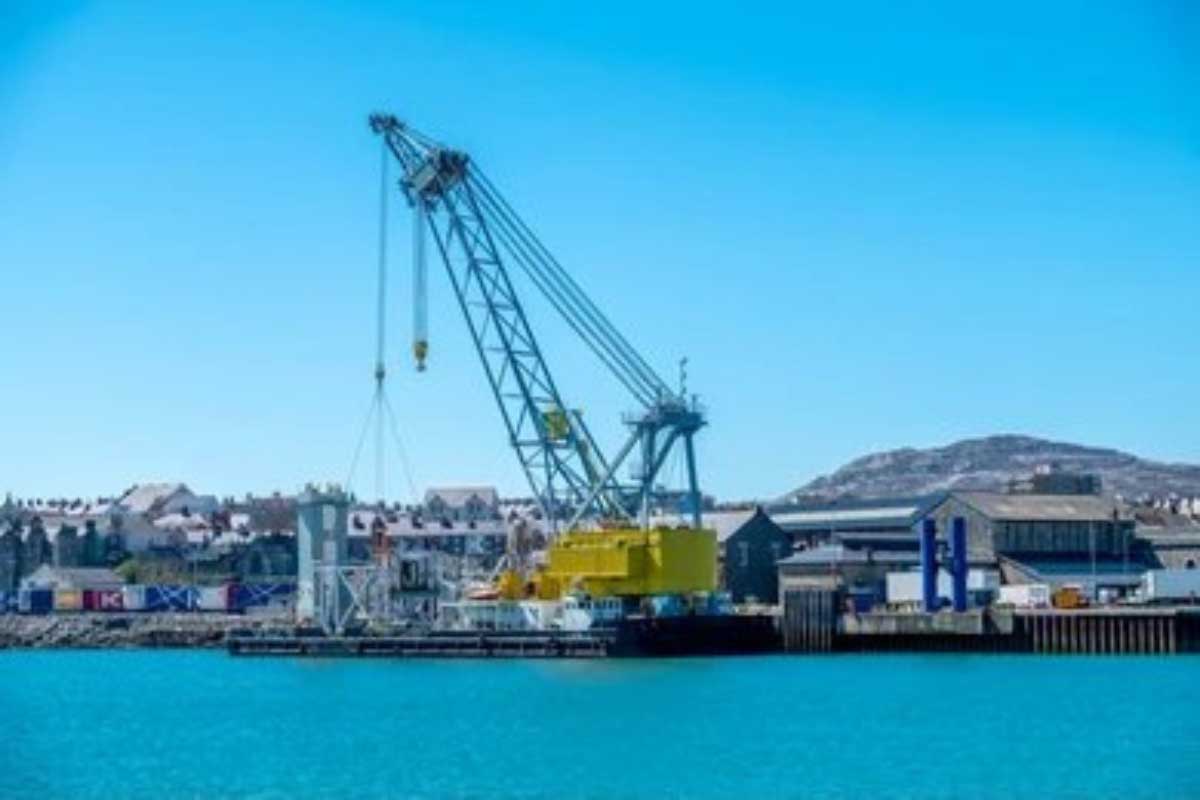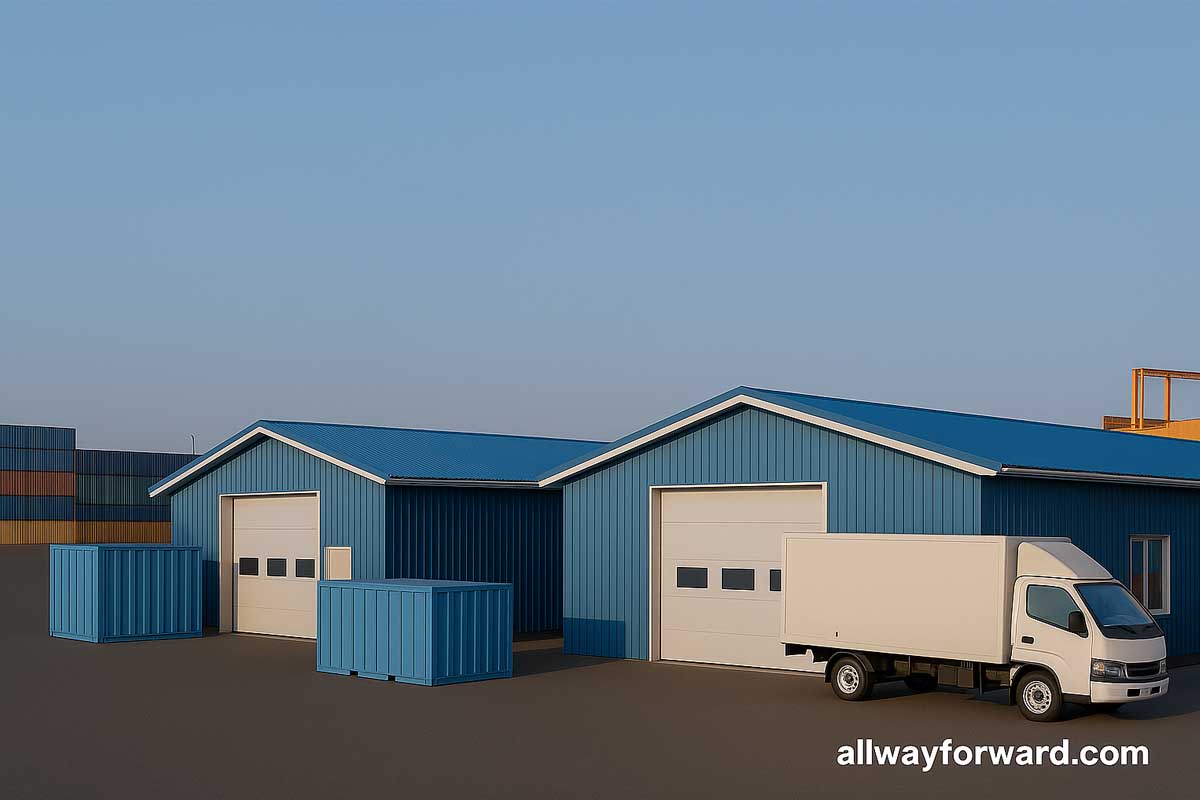Logistics and transportation are deeply interconnected because they serve as a critical link between suppliers, retailers, distributors, manufacturers, and eventually the ones at the consuming end. So, yes, you can say that transportation is like the lifeblood of logistics. According to Imaarc, the size of the US logistics market is projected to reach $1997.6 billion in 2025, and by 2033, it is expected to hit $3,8147 billion, showing a CAGR of 8.5% from the tenure of 2025-2033. Then, Statista has also shared that the logistics industry will exceed $14.08 trillion by 2028, therefore, the future of this sector is extremely bright.
One of the primary reasons behind these huge numbers is that logistics surrounds the physical movement of goods from one location to another, ensuring that products are always available wherever and whenever they are needed. For this, having an effective transportation system plays a vital role in optimizing the efficiency of the supply chain, reducing the cost, and boosting the satisfaction of customers, which, if not present, can disturb the entire procedure.
Are you curious to know about the modes of transportation that are equally responsible for increasing the logistics market? Then, let the blog inform you what modes are there with their pros and cons as well.
What Are The Modes Of Transportation In Logistics?
You might not be very familiar with the modes of transportation in logistics, therefore, you will find it fascinating that there are not just one or two but several mediums that have distinct characteristics and pros and cons as well. What are those? Let’s unveil:
Road Transportation
The most common transportation channel in logistics is via road, and even this is subdivided into the trucking and rail categories:
Trucking
Trucking is considered a very flexible and widely used mode of transportation. A truck helps out in offering door-to-door delivery and successfully accommodates a variety of cargo types. Apart from that, trucks are usually suitable for short to medium distances and shipments that have to be delivered within a strict time frame. The vehicles prove to be a valuable asset in the final stage of delivery known as the “last mile.”
But the sad part is that trucks can get stuck in traffic, are vulnerable to weather conditions, and even the cost of fuel varies according to daily fluctuations.
Rail
Then, you have trains to fulfill the same purpose. When there is a need to transport commodities such as coal, grain, and minerals in bulk, a train comes to the rescue. Why train? The reason is that it offers less consumption of fuel, meaning fewer emissions as well, which is lacking in trucking. In short, using rail as a logistic option is seen as a very effective substitute for long-distance transportation, especially for heavy items.
But again, even the train doesn’t have the flexibility of road transport, and it also demands a transshipment to other modes for final delivery.
Air Transportation
You must have used aeroplanes for travelling purposes, but the same carrier is also used for transporting goods. It is considered the fastest mode in comparison to other options, making the medium an ideal choice for shipments that are fragile, of high value, and are required to be delivered in a particular time window. Then, air transportation is preferred for urgent deliveries and sending perishable items. Furthermore, using air transportation means you are getting global reach and reducing stopover times significantly.
The red flag in this situation is that this kind of transport wears an expensive price tag and fails to offer a lot of capacity.
Water Transportation
In water transportation, shipping is heavily used. This resource steals the show in being an extremely cost-effective mode, allowing you to transport large volumes of cargo over long distances. Shipping makes international transportation feel like a breeze, therefore, many companies have the shipping charges mentioned on their websites to inform their consumers of the estimated cost of the cargo. Apart from that, the vessel is also the go-to logistics option for commodities in bulk and carries items in a container in a very secure manner. Were you aware of the fact that maritime shipping wears the crown for being the backbone of global trade? According to Primo Nautic, maritime transport makes up 80% of global trade volume and more than 70% of global trade value.
However, shipping is also the slowest mode of transporting goods and can get stuck at a port or become subject to weather delays.
Pipeline Transportation
Ever wondered how gases and liquids are transported, after all, even though they are in the list of basic commodities? The answer is through pipelines. Yes, there are pipelines to carry liquids and gases in the shape of oil, natural gas, and chemicals. It might seem like a minor mode of transportation to you, but it steps ahead as a continuous and efficient means of transport, especially for long distances.
Any cons? Well, these gas and liquid-friendly pipelines are expensive to construct and require special infrastructure.
What Factors Influence Transport Decisions?
Like multiple transportation options in logistics, in the same way, there are several factors that influence transport decisions:
Cost
In the logistics sector, transportation costs are an important component of the overall costs.
Speed
If the shipment needs to be delivered within a specific timeframe, then speed has to be kept in mind, and which transportation options that will take the least amount of time without compromising customer satisfaction.
Reliability
Consistency and on-time delivery play a critical role in maintaining the efficiency of the supply chain. Why? Because even if one thing goes off track, the whole series gets badly impacted, costing the customer’s trust as well.
Accessibility
Can you expect an airplane to deliver goods to the customer’s doorstep? That thing can be done with the help of a truck. Therefore, another factor that influences the decision is accessibility, meaning the transportation medium should have the ability to reach specific locations and deliver accordingly.
Conclusion
We hope that you found the blog on transportation in logistics quite interesting and won’t have issues in selecting the best one to continue transporting goods.






